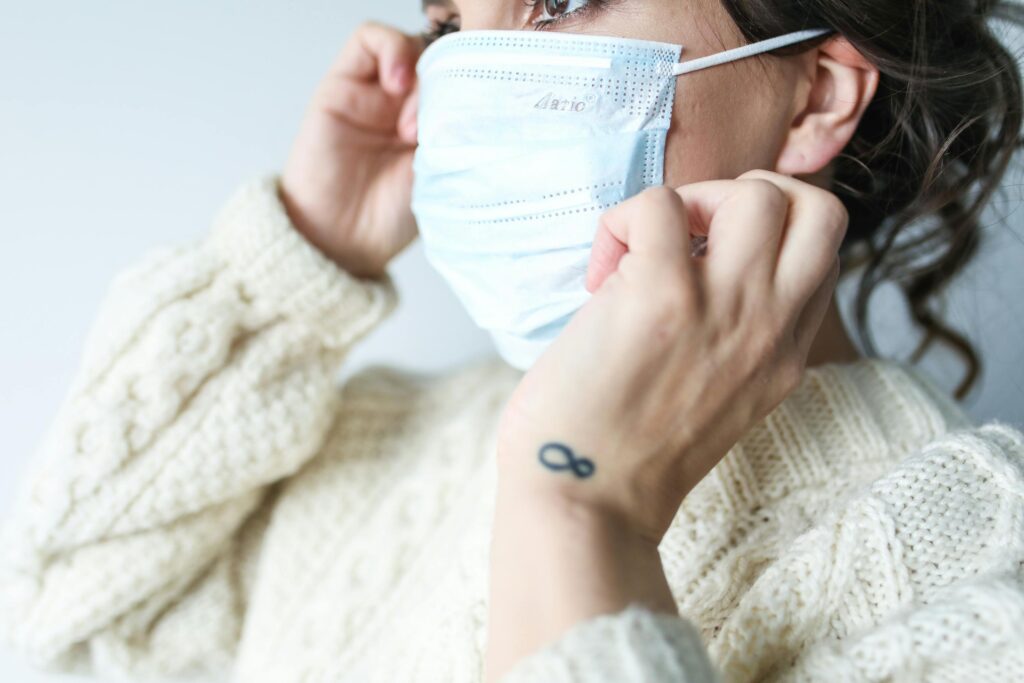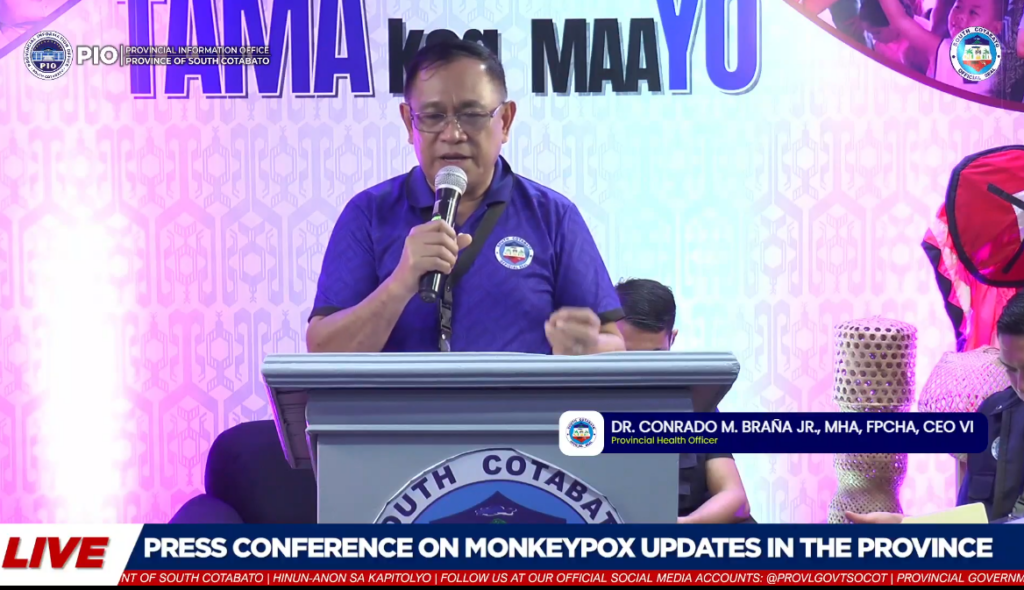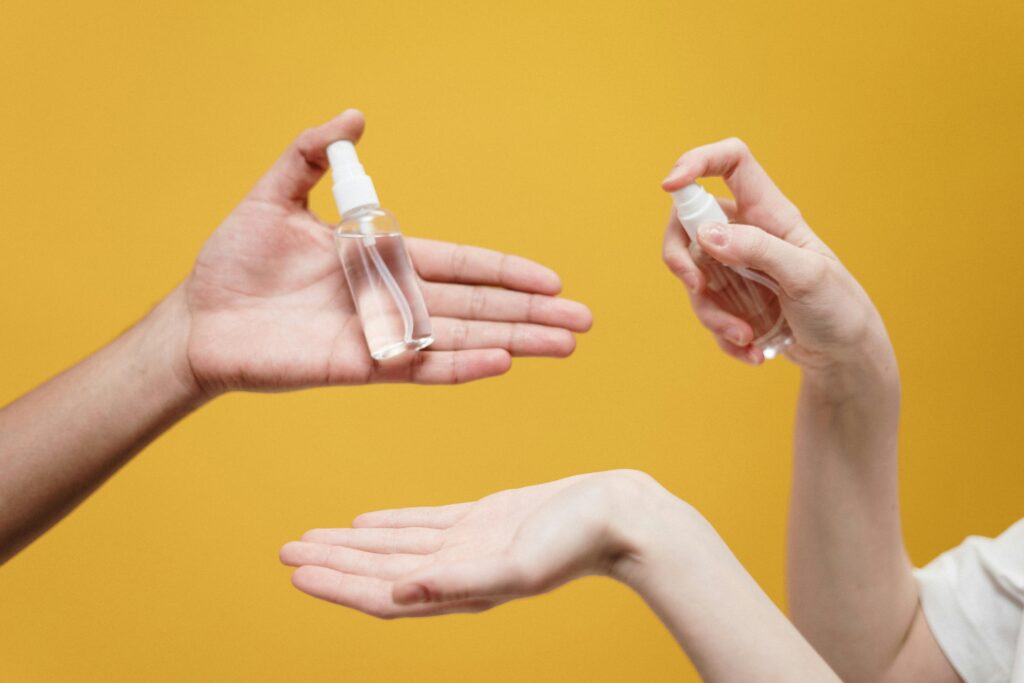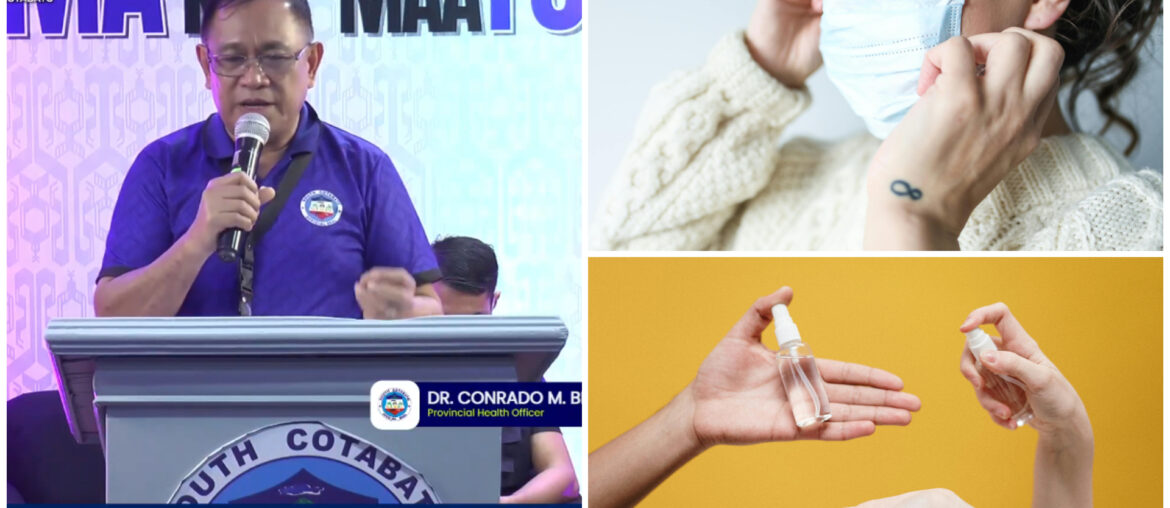Health authorities in South Cotabato are urging everyone to stay alert after confirming 10 cases of mpox (formerly known as monkeypox) as of Thursday, May 22.

The South Cotabato Integrated Provincial Health Office (IPHO) hosted a live broadcast to update the public on the current situation concerning mpox in the province. A confirmation of 10 cases are from the Clade II strain, which is known to cause mild symptoms.

These confirmed cases came from a total of 19 reported infections so far:
- 10 Clade II cases confirmed
- 6 cases tested negative
- 3 suspected and still pending results from the Department of Health (DOH)
Interestingly, most of the infected patients had no recent travel history or exposure to confirmed cases, which strongly hints at local transmission. The first confirmed case was reported last April 27.
What are the symptoms?

Fever, rash, swollen lymph nodes, muscle aches are some of the common symptoms of mpox. The IPHO and local health units are in motion doing contact tracing, monitoring all close contacts, and testing anyone who shows symptoms.

Let’s be clear: this is NOT like COVID-19. Dr. Braña of IPHO emphasized that Clade II is less severe, symptoms are more visible, and people today are better informed and more proactive. However, there is one major concern: No mpox vaccines are currently available in the Philippines and both the DOH and FDA have not authorized any mpox vaccine for use yet.
How MPOX spreads

Mpox is a viral zoonotic disease (a virus that spreads from animals to humans) that’s been around since the 1970s in the Philippines, therefore, it’s not a new thing. It only gained global attention recently, and in 2024, it was officially declared a public health concern.
It spreads through:
- Direct skin-to-skin contact with someone infected
- Body fluids and respiratory droplets
- Contaminated materials like clothing or bedding
So what’s next? Continue practicing good hygiene, avoid close contact with anyone showing symptoms, and report any suspicious rashes or fever. All we have to do is stay calm, stay alert, and stay informed; let’s do our part to keep South Cotabato safe.



Comments are closed.